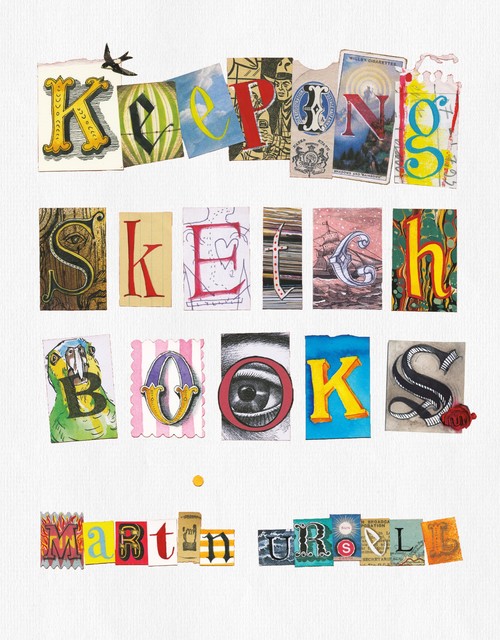
Read in our apps:
iOS
·Android
Keeping Sketchbooks
- About
- Quotes2
- Readers7
- On the bookshelves
This book is currently unavailable
374 printed pages
- Original publication
- 2016
- Publication year
- 2016
Quotes
- Marina Kolesnikovahas quoted5 years agoArthur Rackham and Edmund Dulac,
- Heidihas quoted6 years agowould say such things as – look for the darkest and lightest aspects of what you can see; look at the shapes of the spaces in between the objects; keep an eye out for the unusual and the anecdotal; try to distinguish the various textures that you can see before you and invent ways of rendering them; look at the expressions on people’s faces, capture their body language, their gestures and hand movements; use different instruments for drawing and try drawing on different papers; try drawing on a large scale and also try drawing on a small scale; try drawing freely and try drawing tightly, but remember drawing freely isn’t necessarily the only way of experimenting, for experimenting in mark-making can be done in many different ways – ‘loosely’ and ‘tightly’! We would be encouraged to draw with just lines for some sessions and by only using tones for others. We would discuss what to leave in and what to leave out. He would talk about compositional unity and relationships between objects, about proportion, emphasis, rhythm and balance, and perspective. He made us look and listen rather than just see and hear. He gave us that feeling that ideas emerge from attempting to draw what was in front of us. He sharpened our sense of observation. He believed that looking at the world around us, and trying to interpret it by drawing and sketching, should stimulate our imagination. After looking over your shoulder at your drawing he would also say, ‘enjoy yourself’.
fb2epub
Drag & drop your files
(not more than 5 at once)

